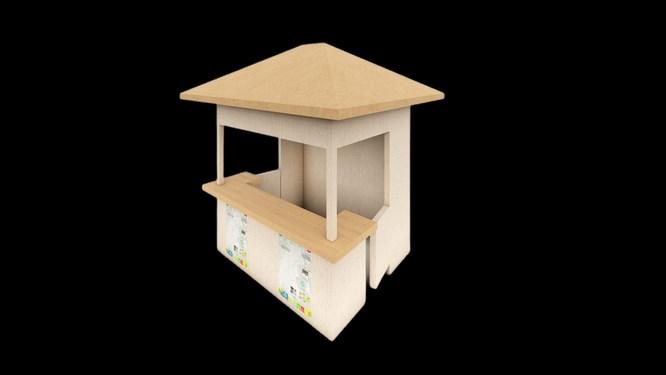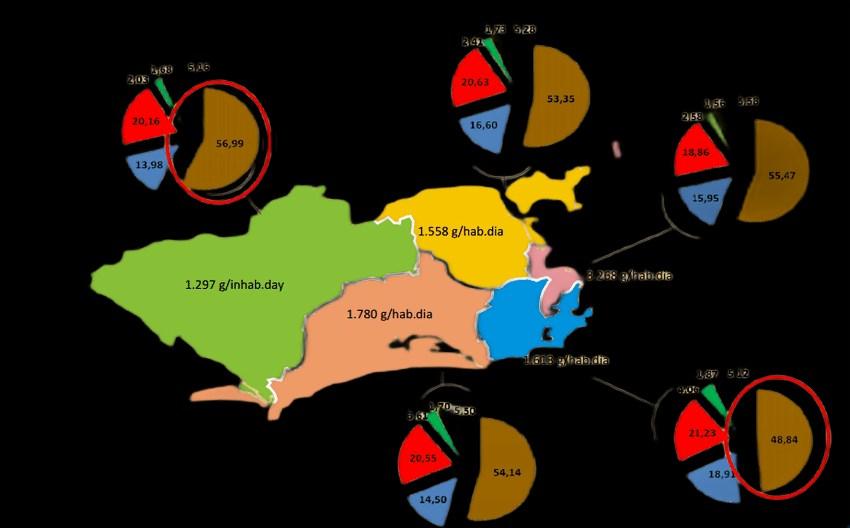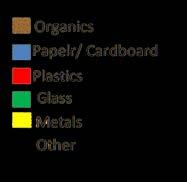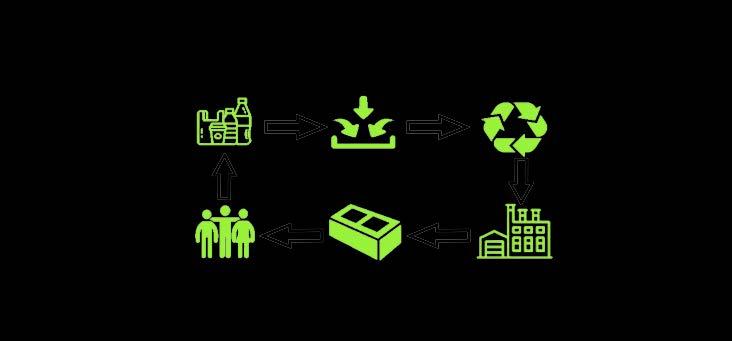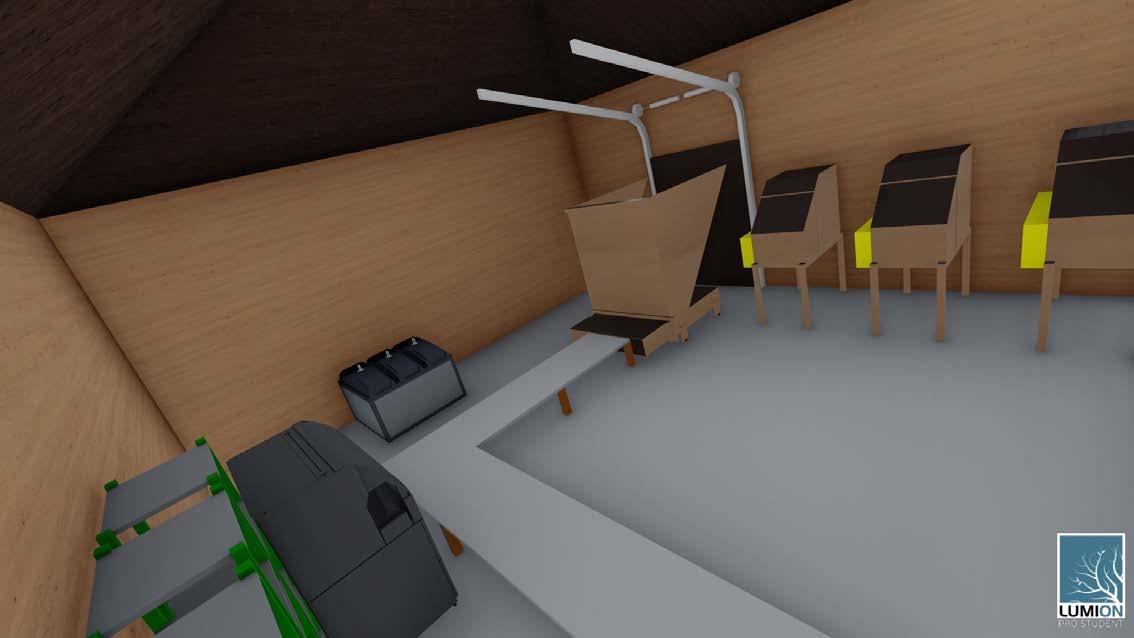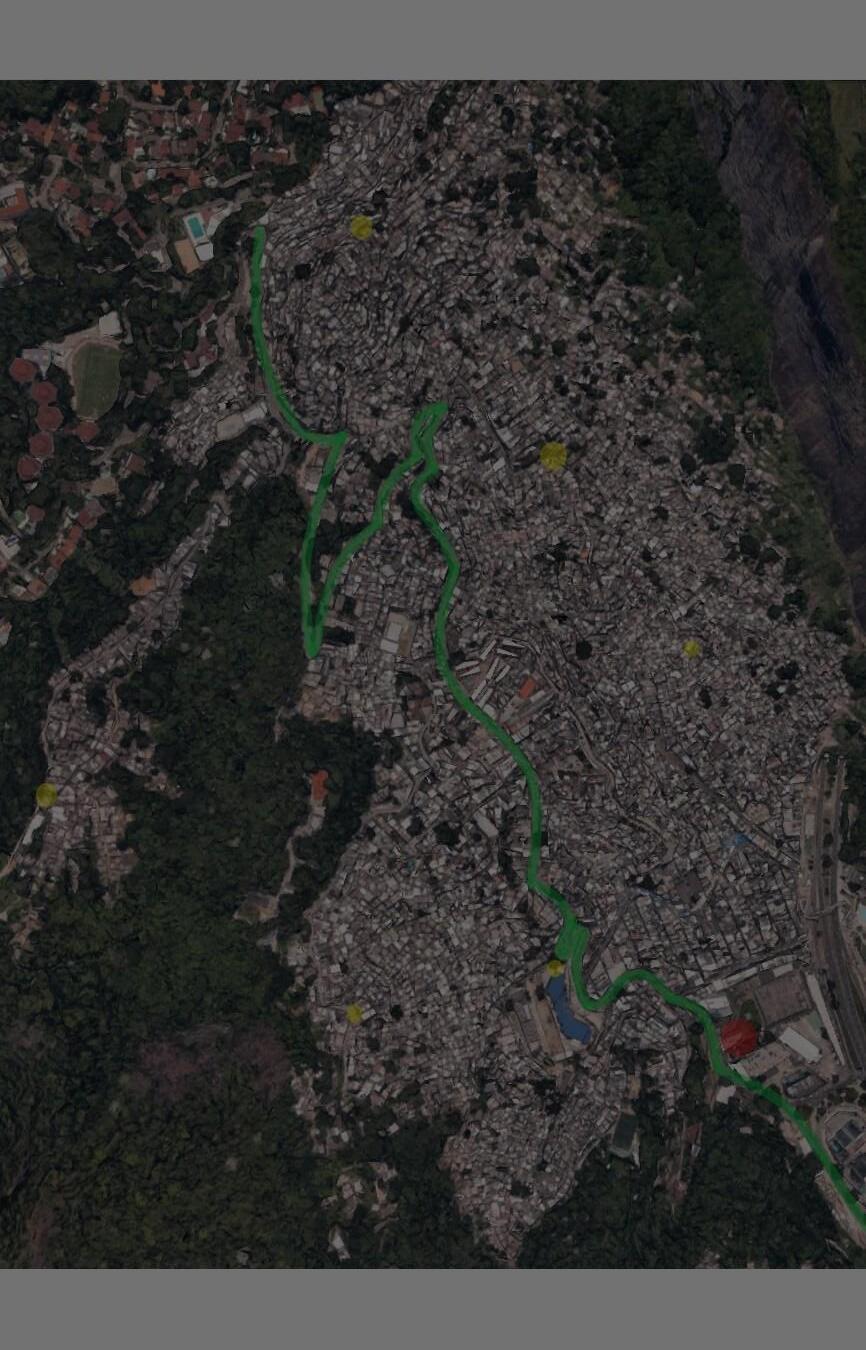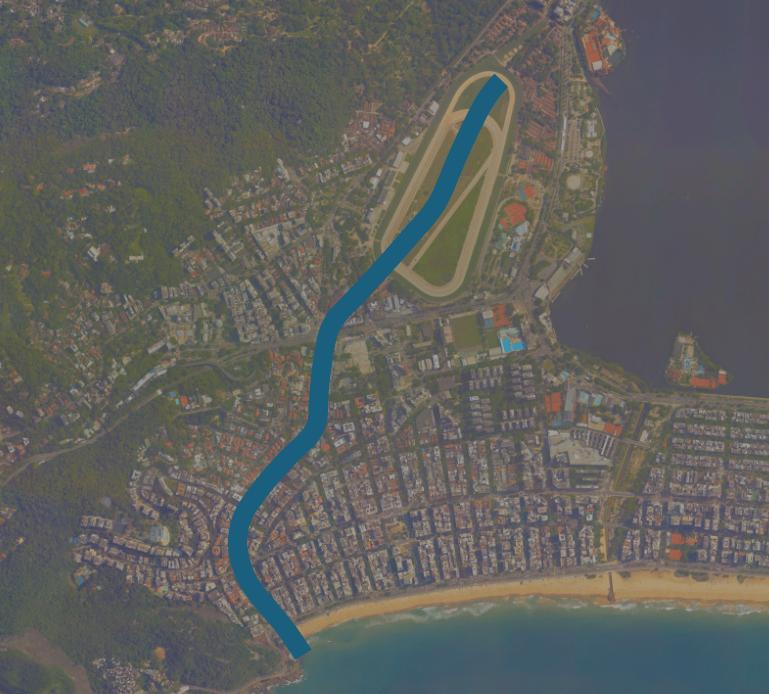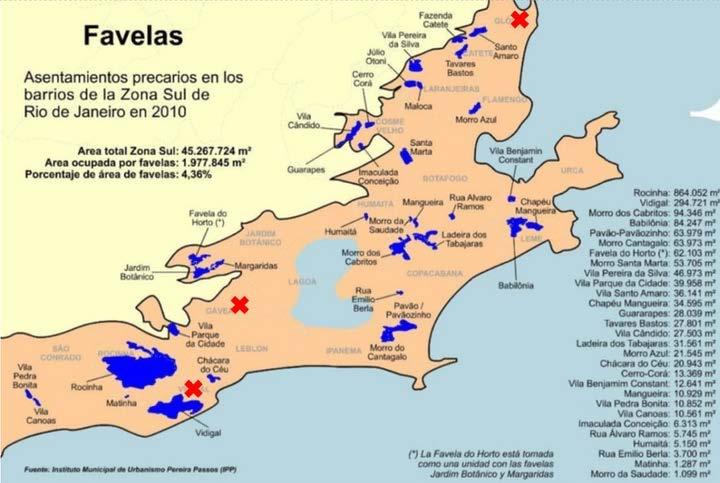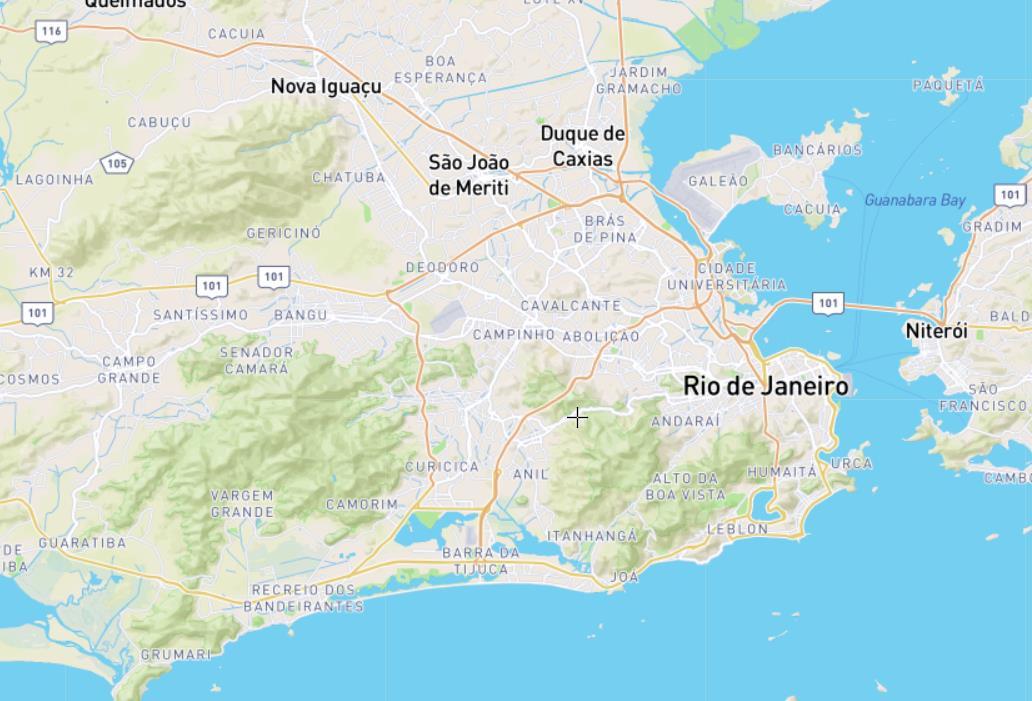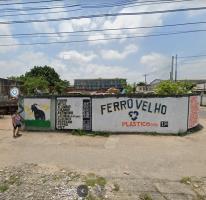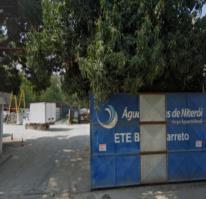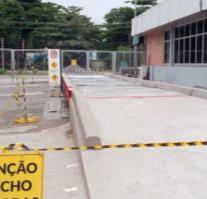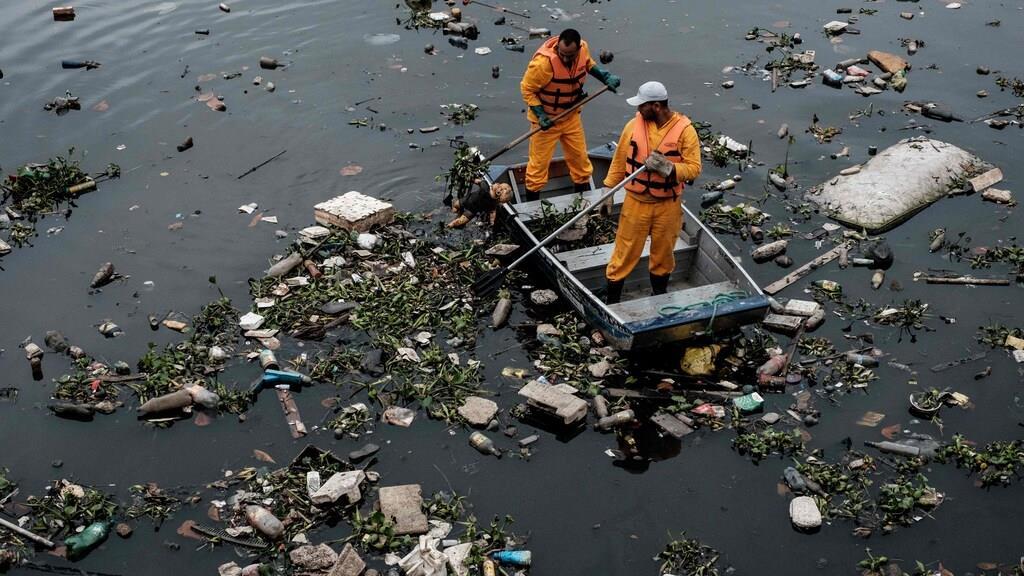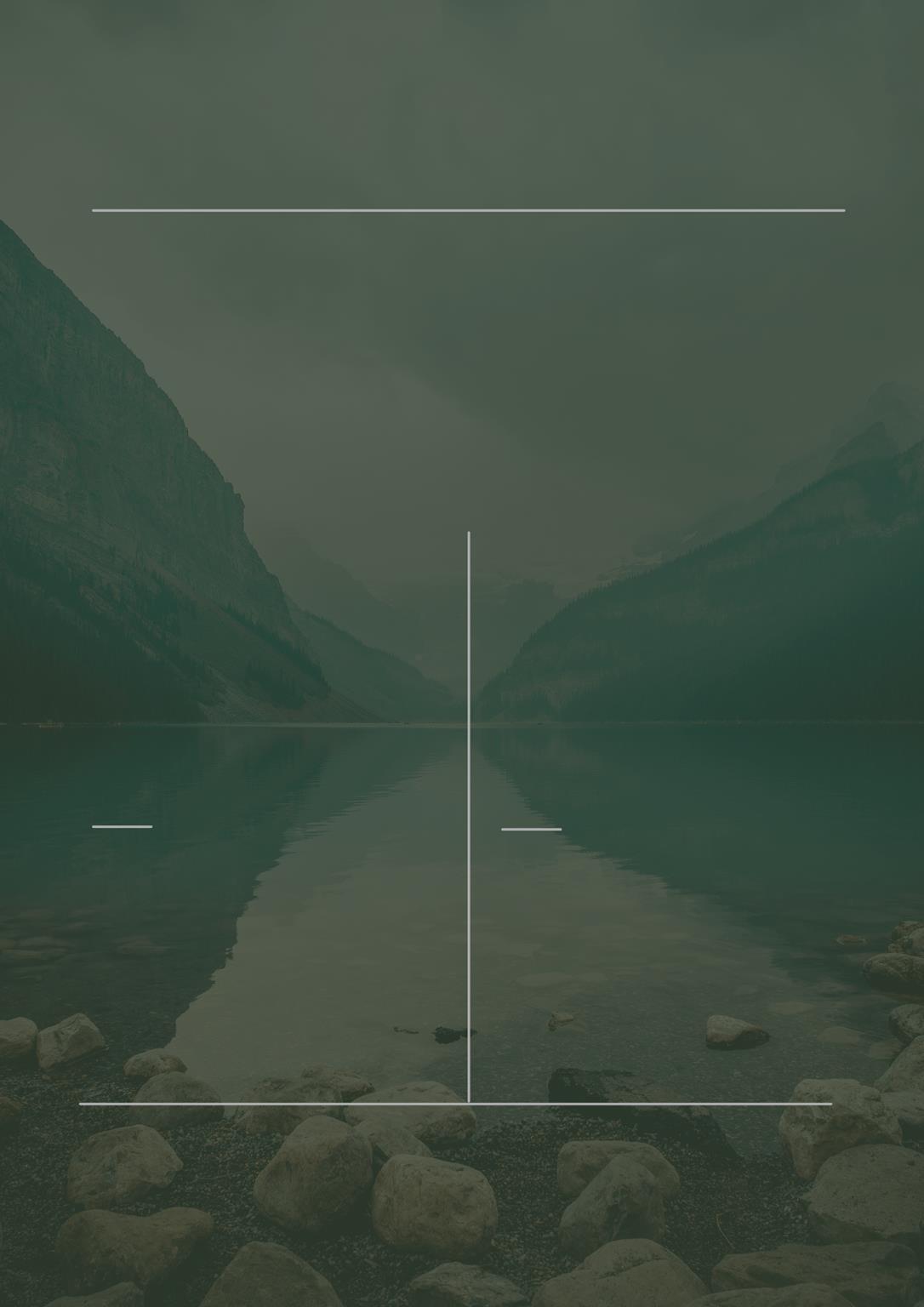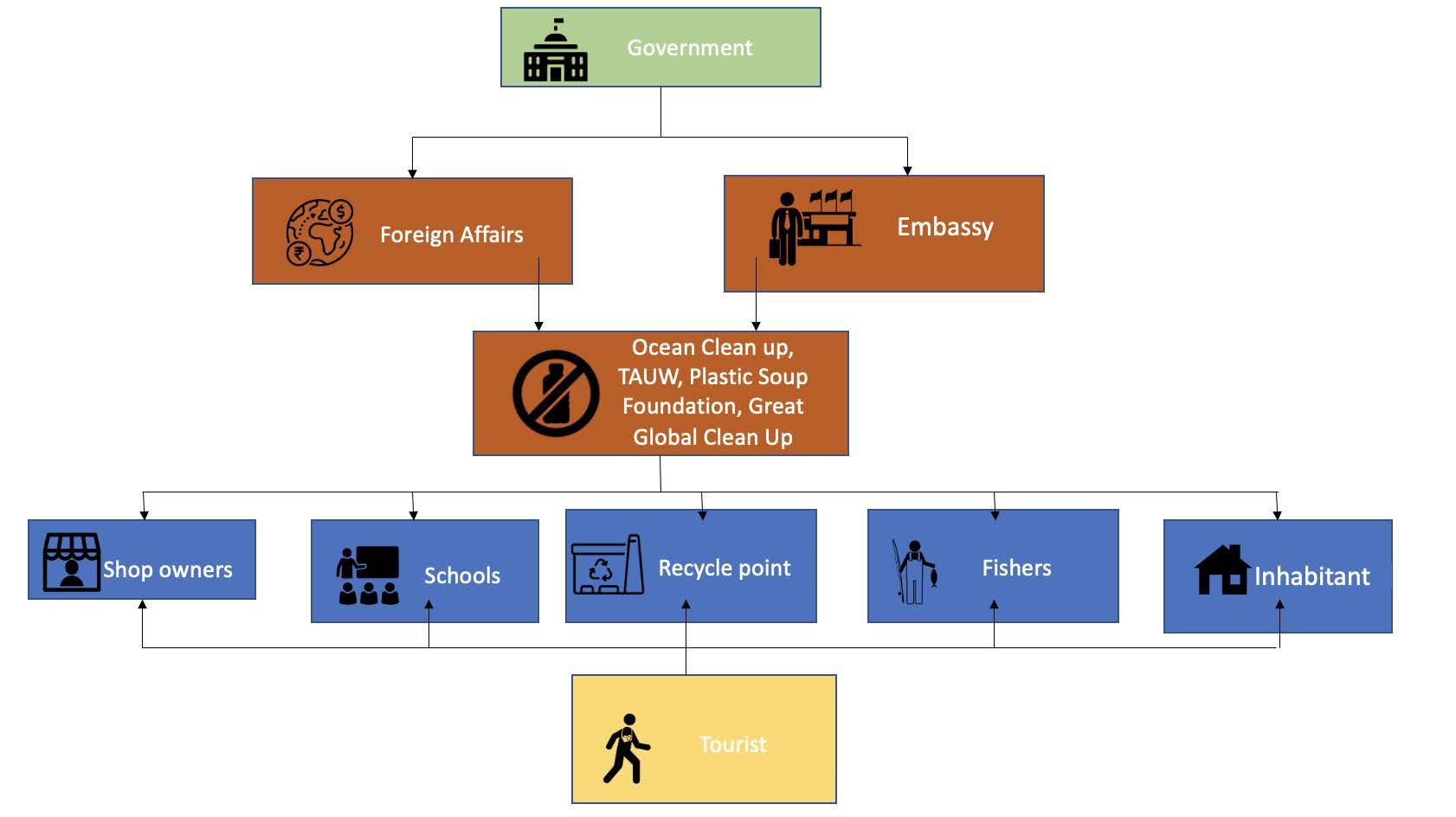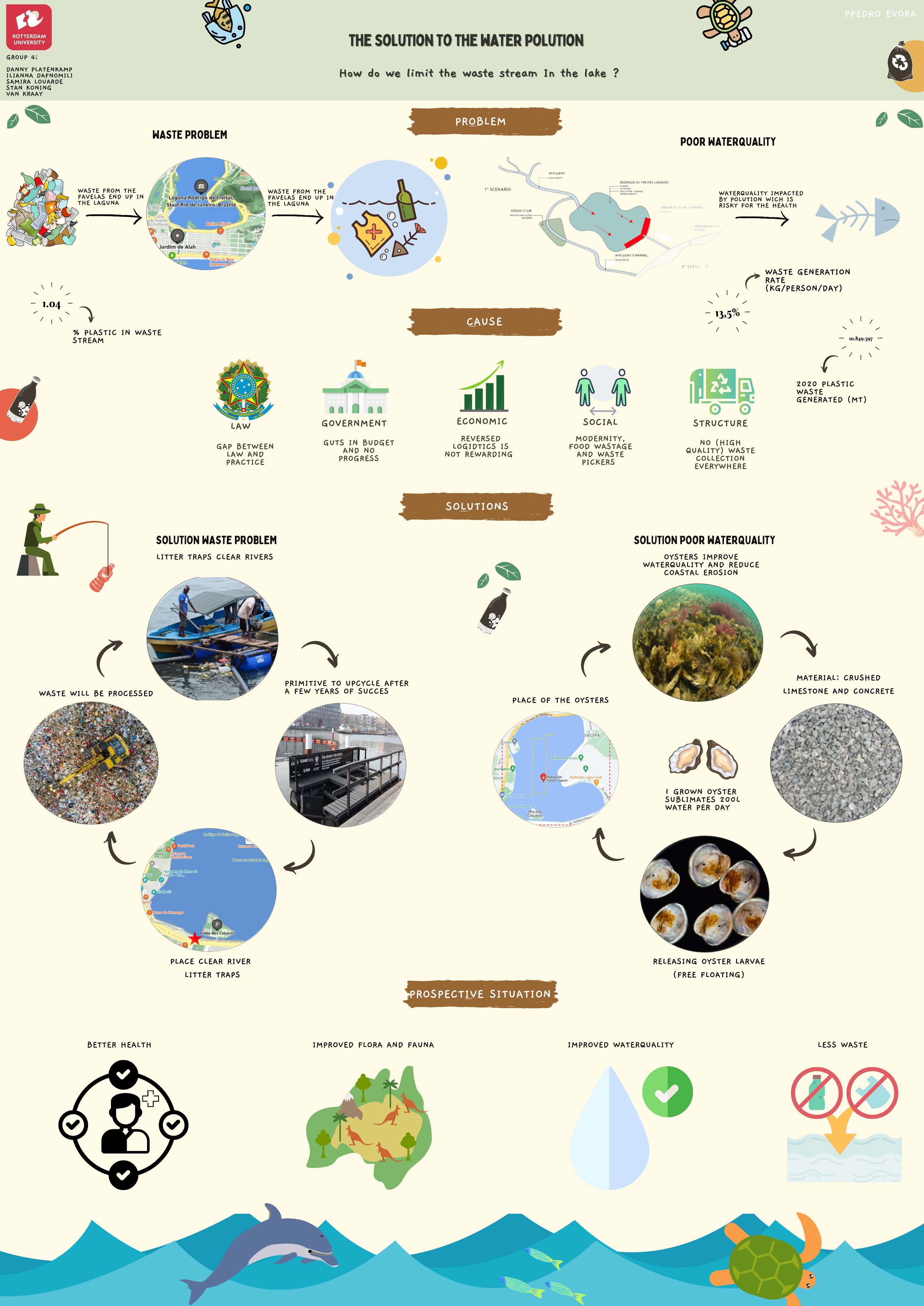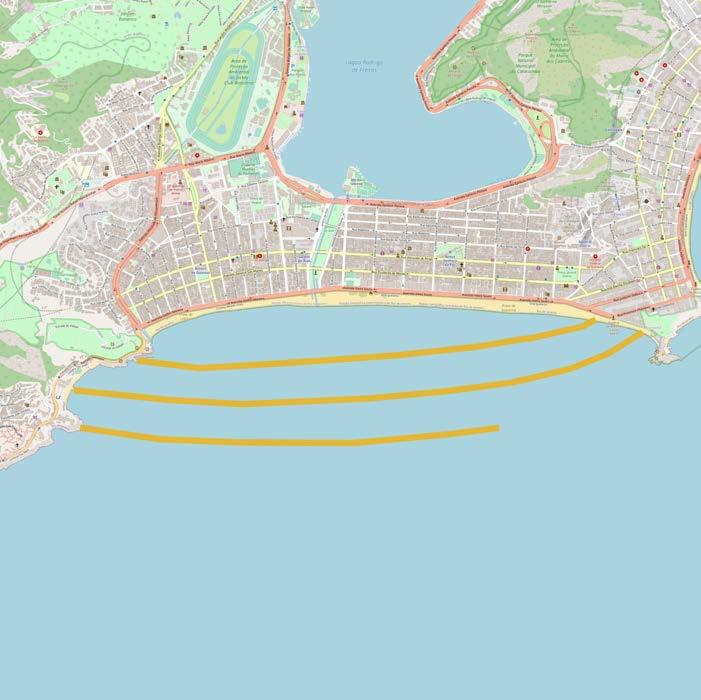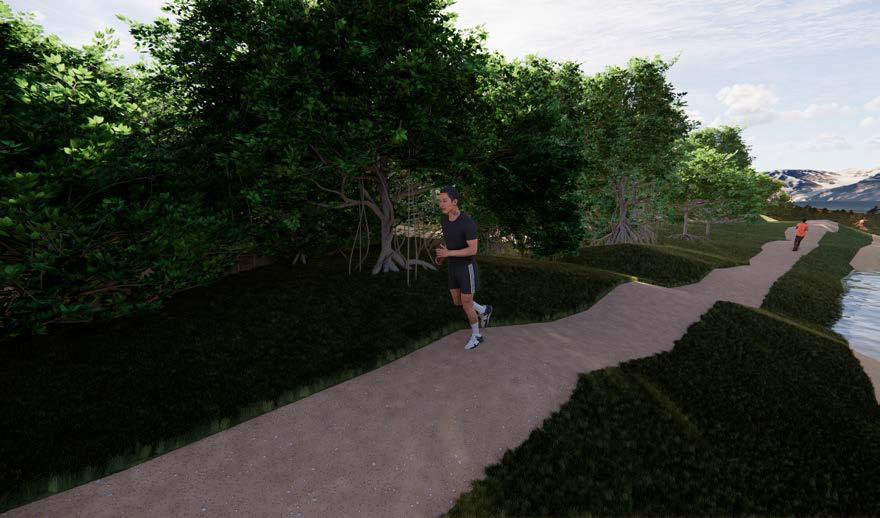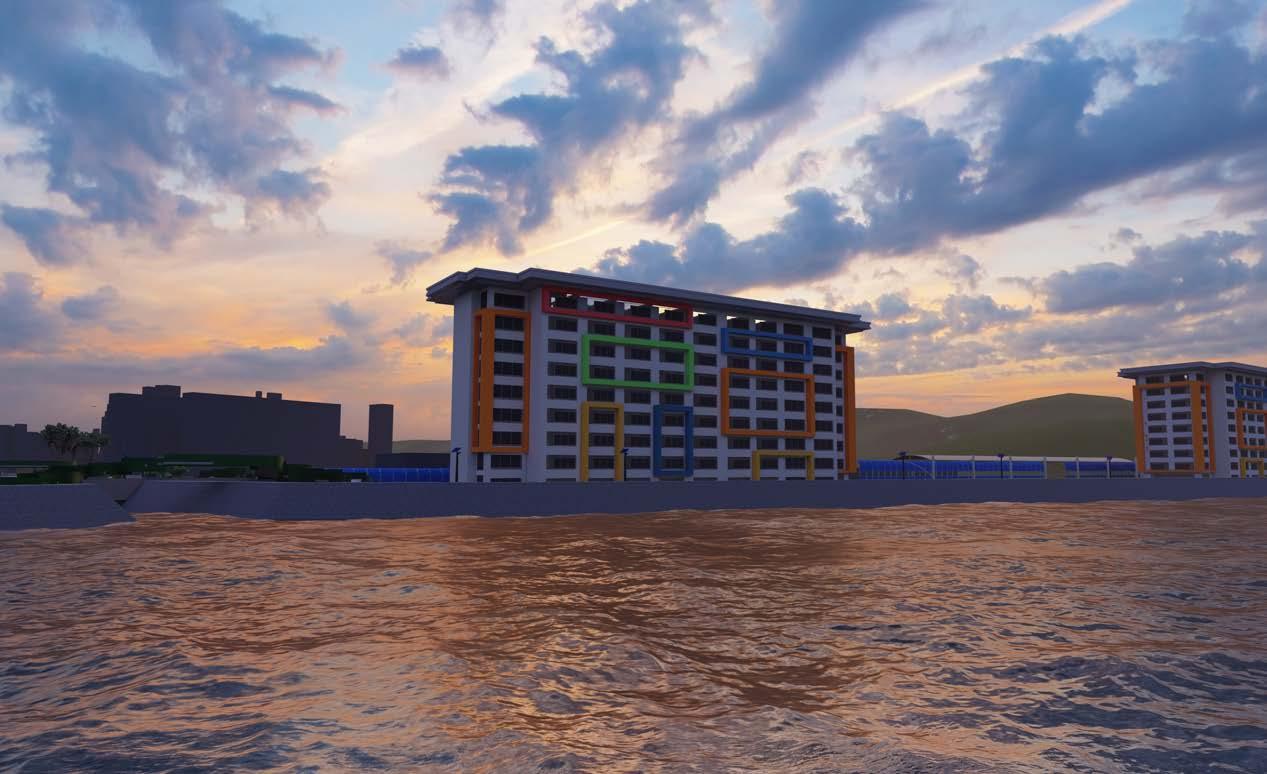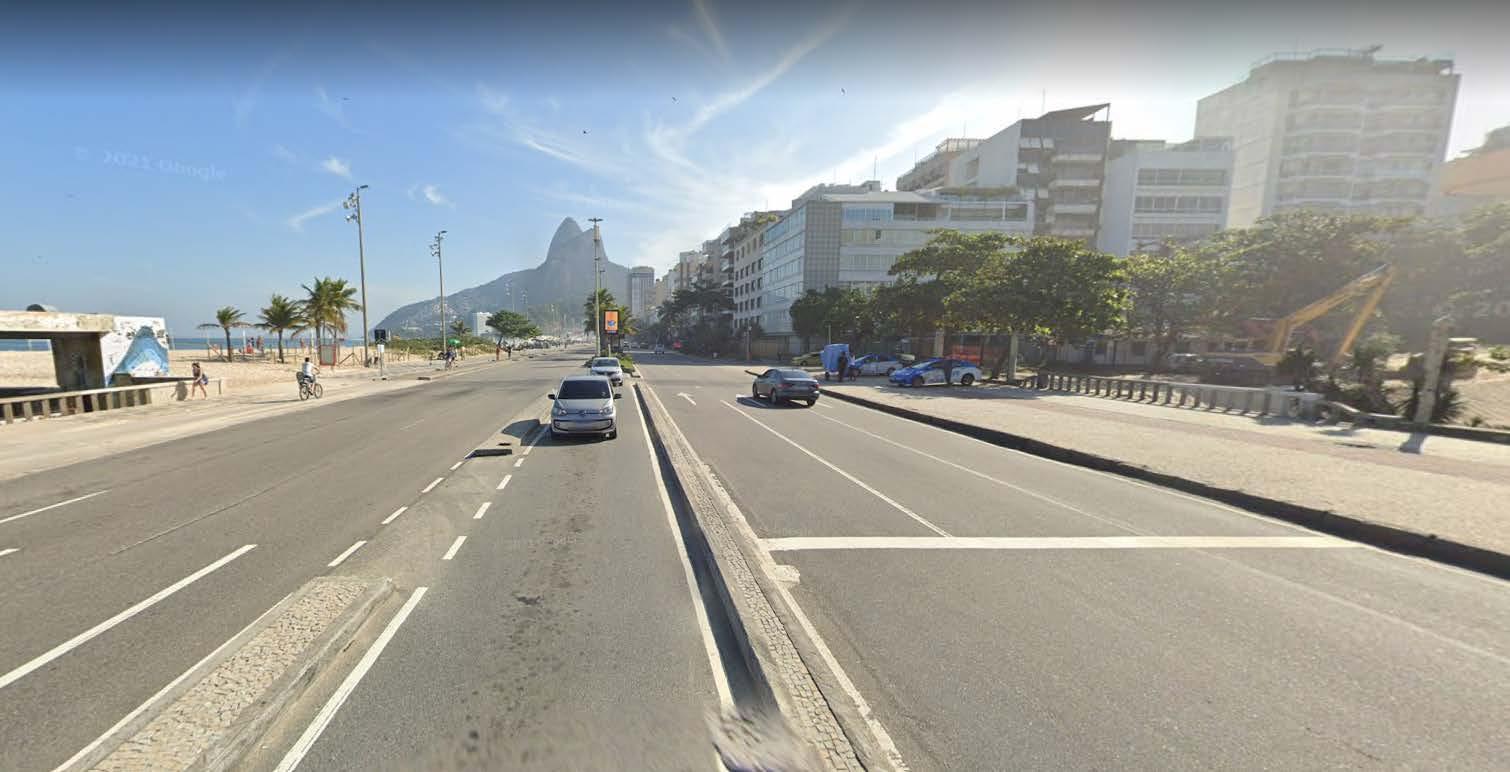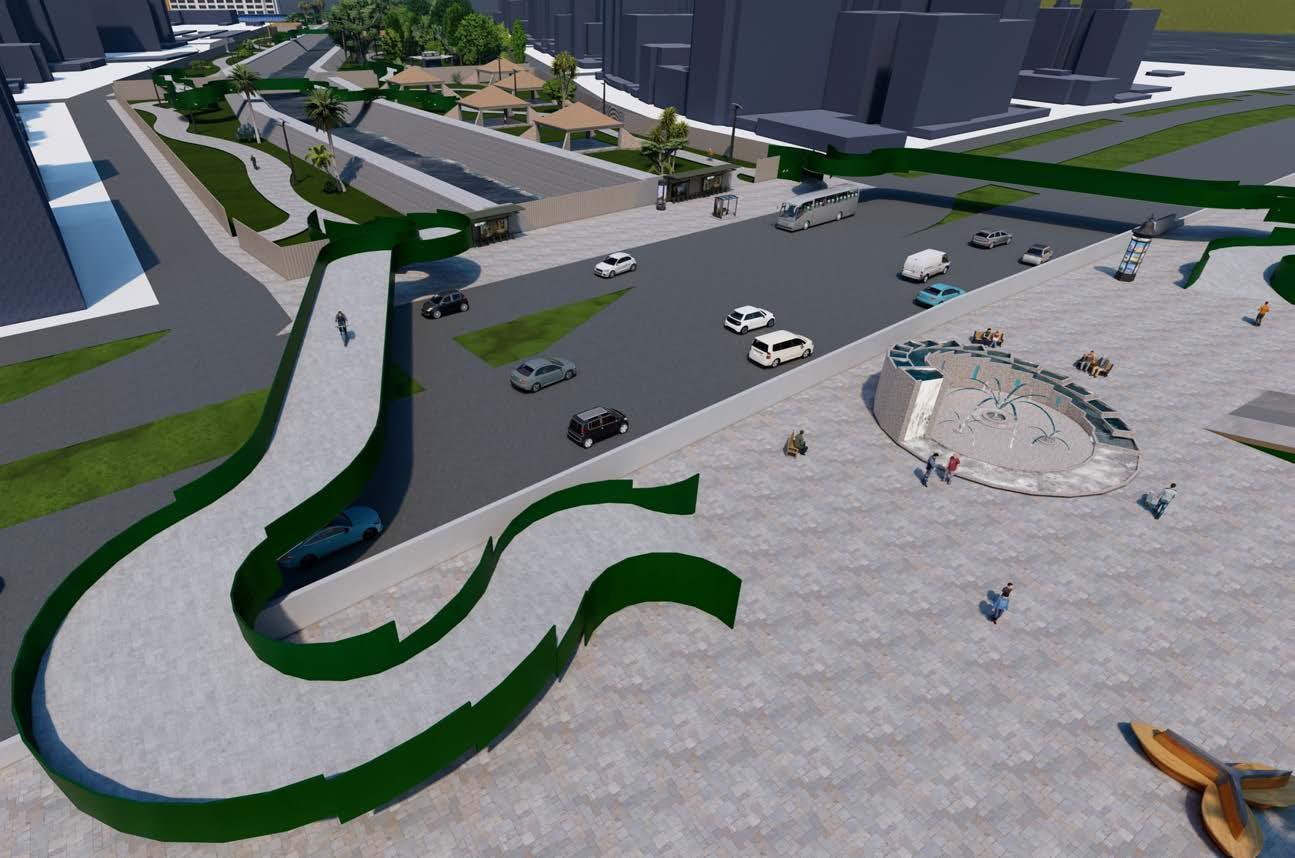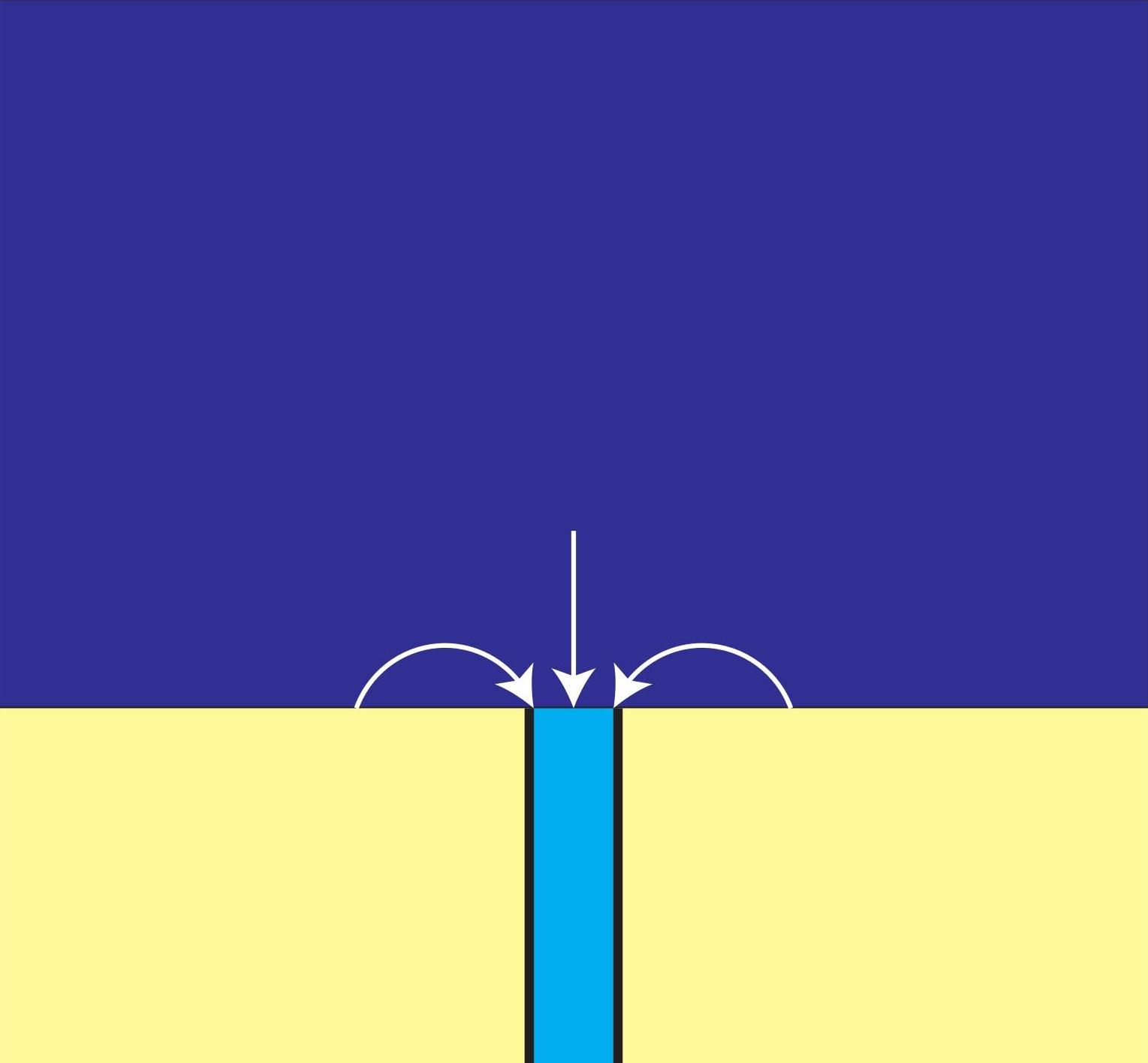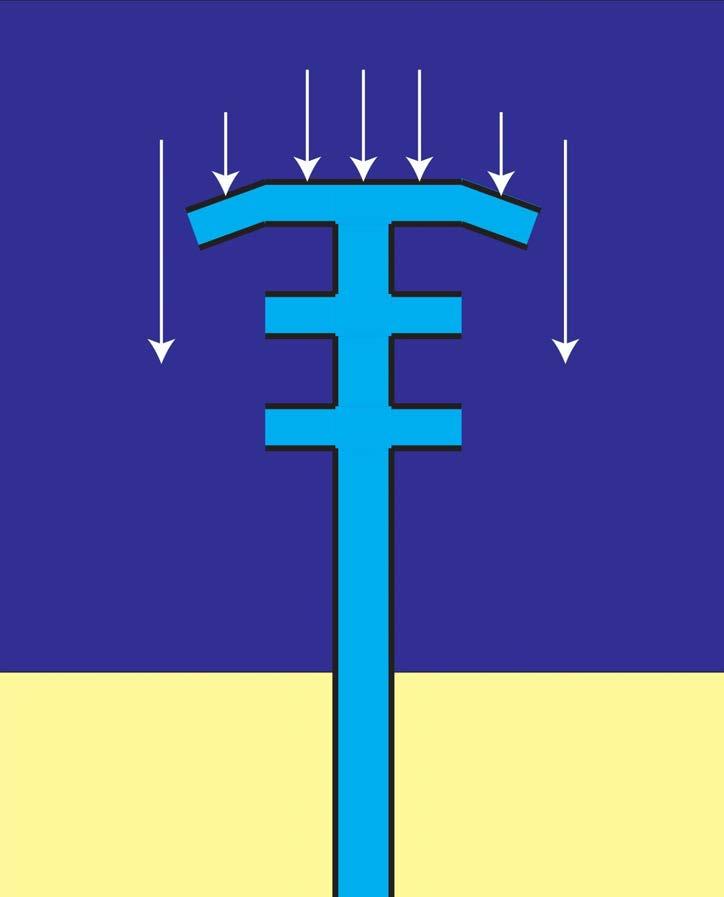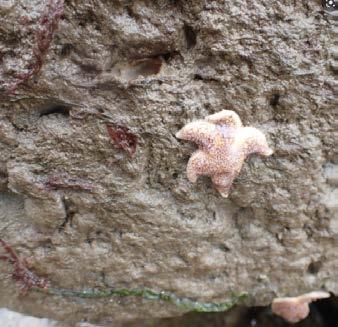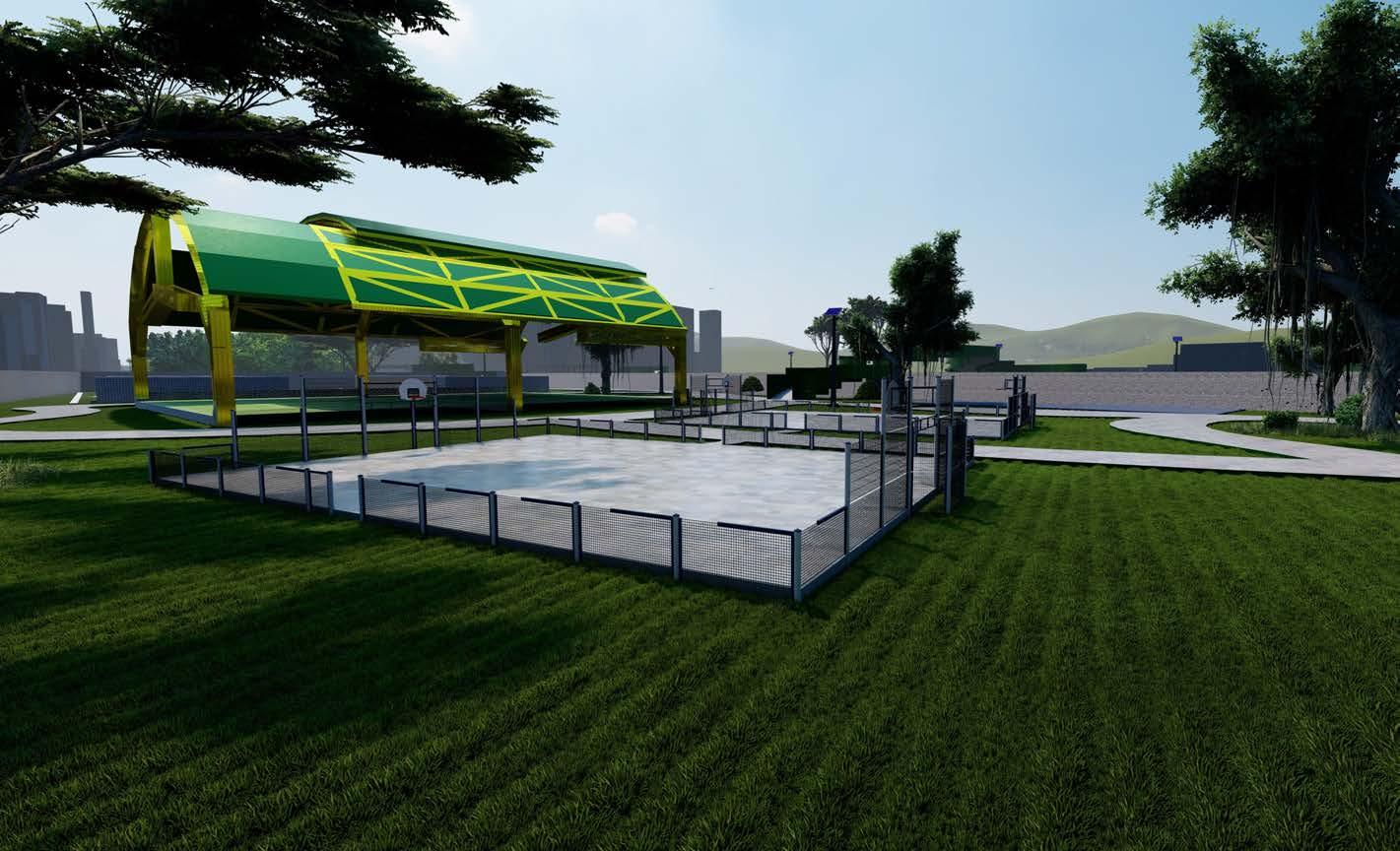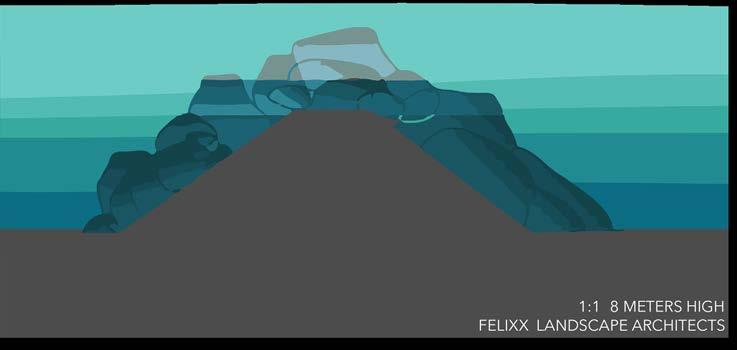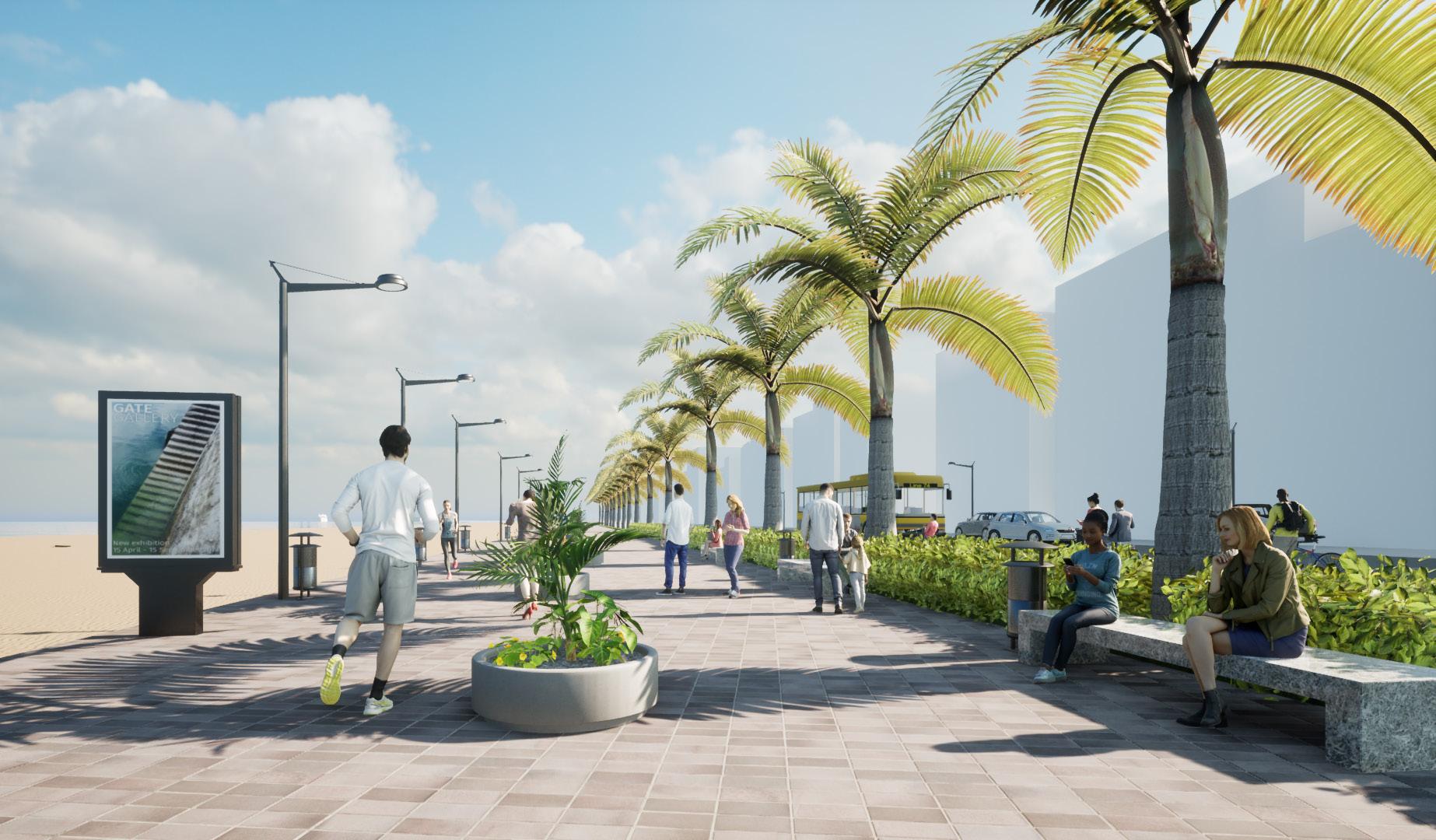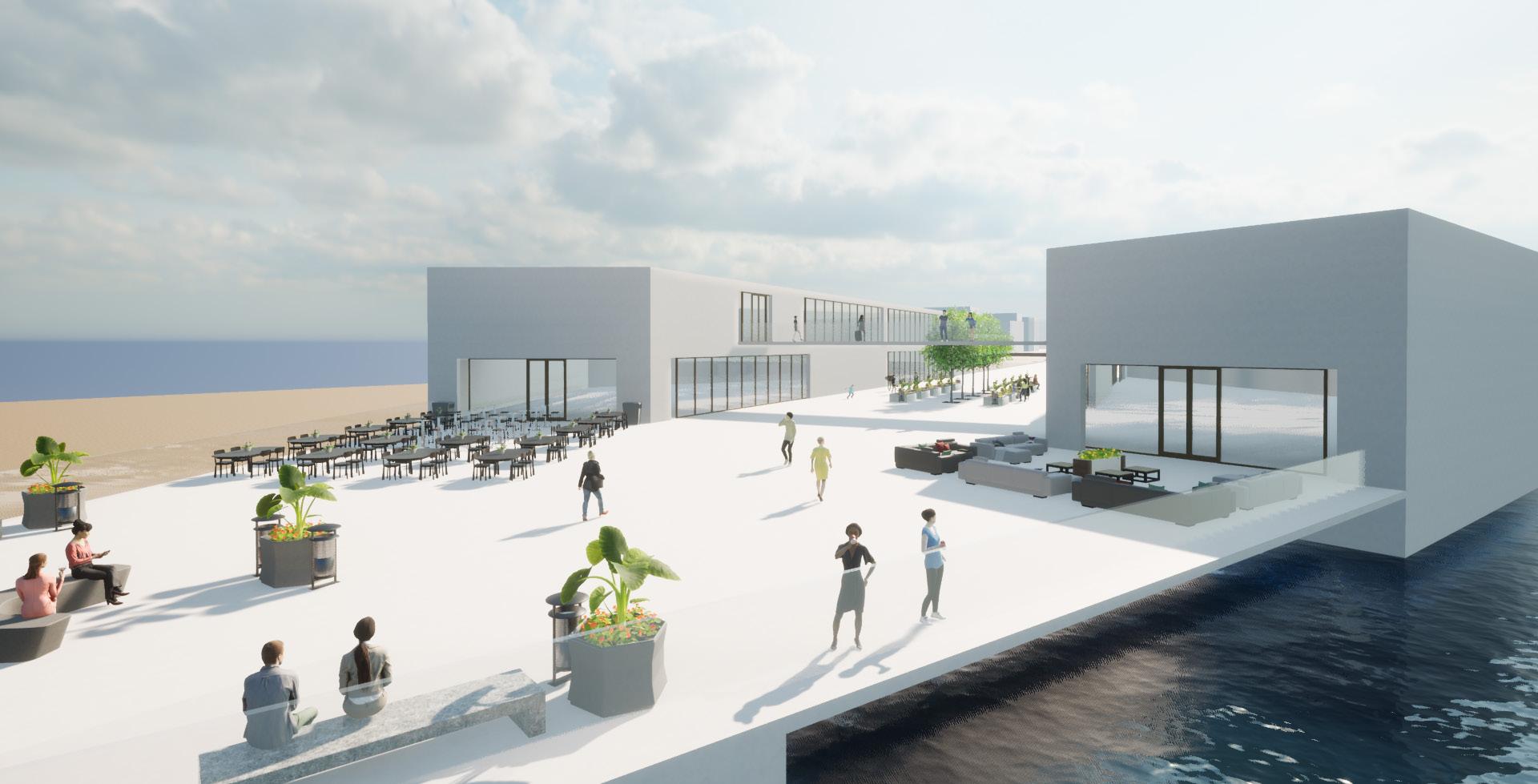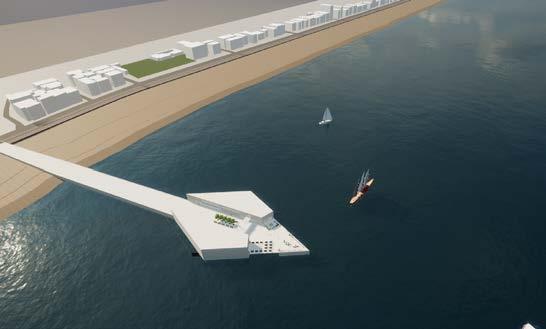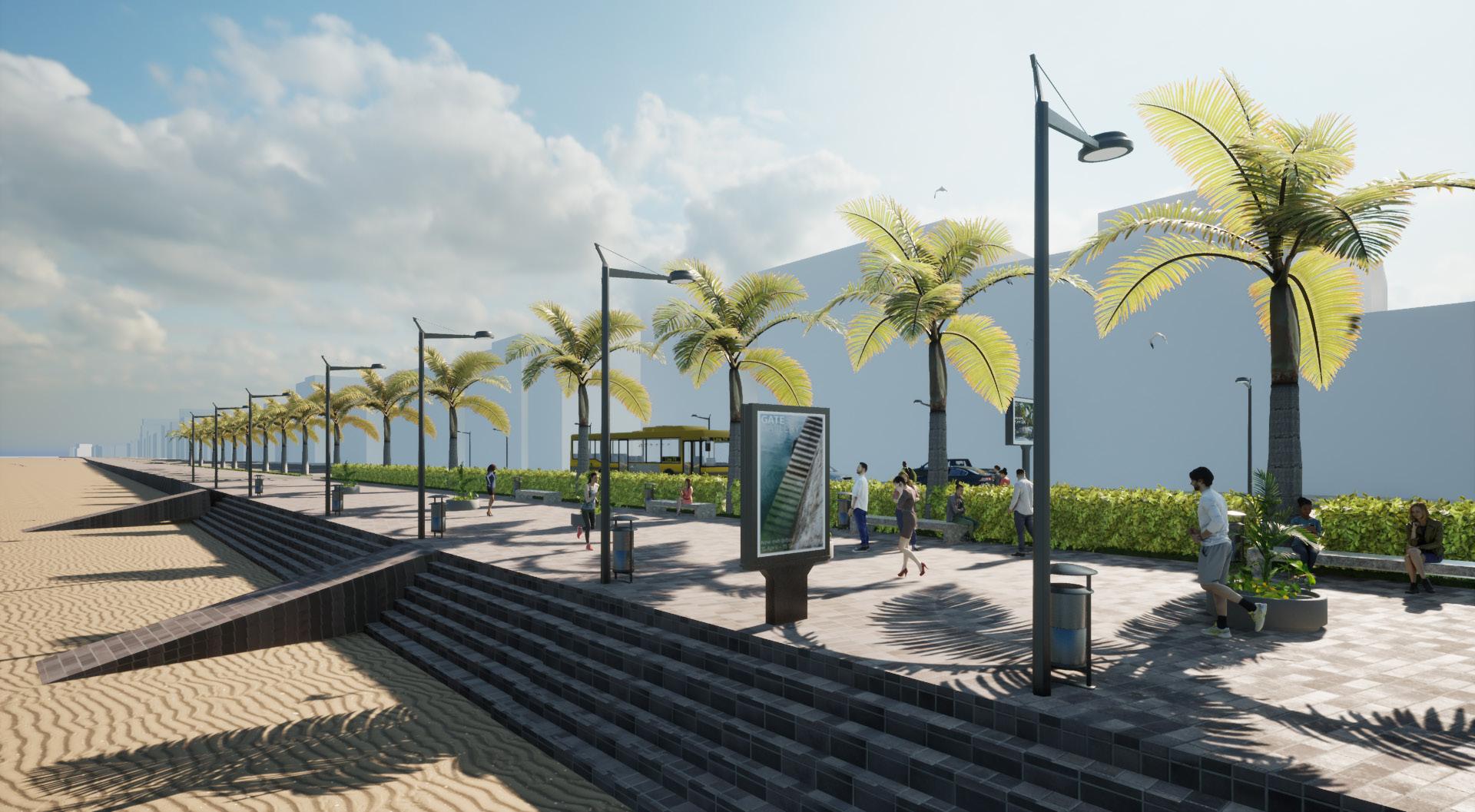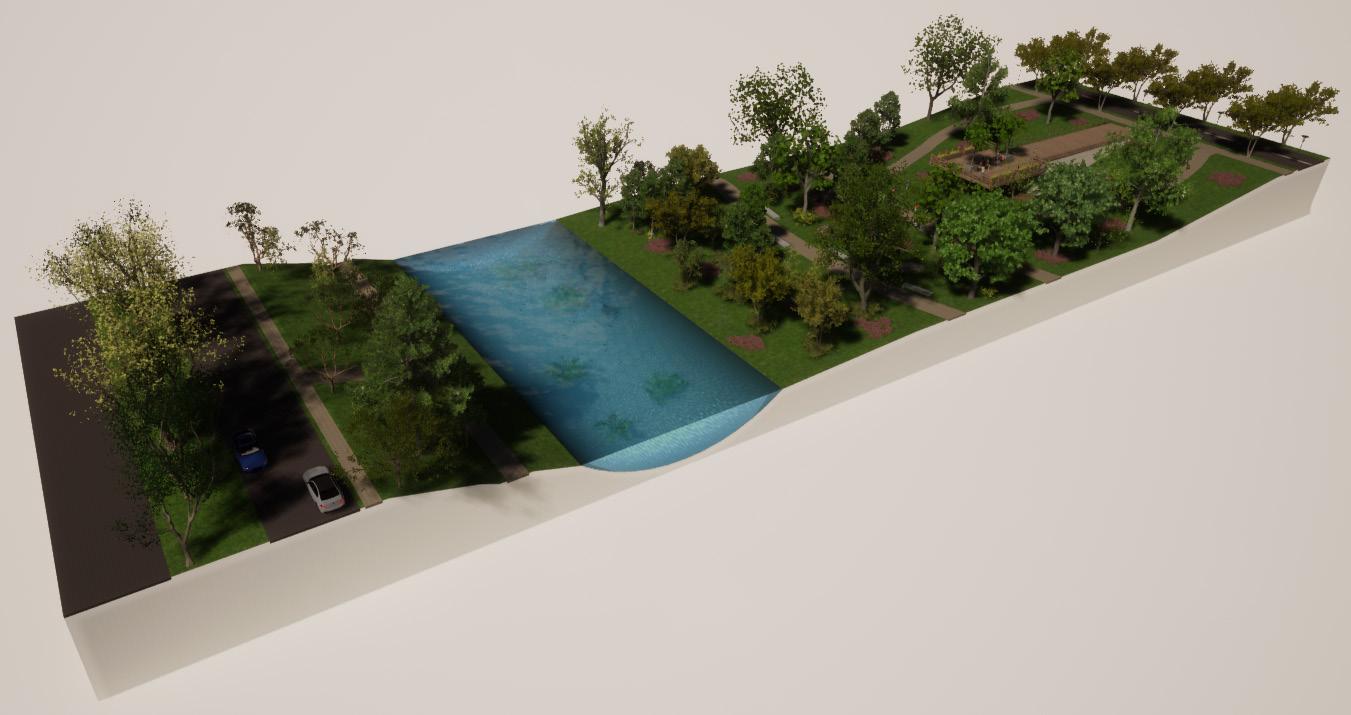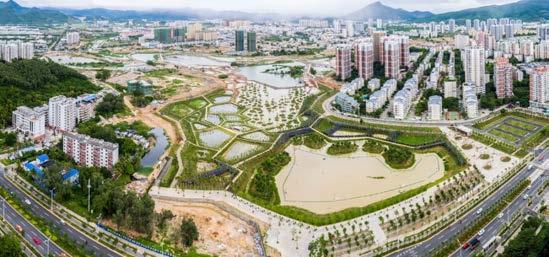Rocinha 0 Waste!
Waste problem in RIO De Janeiro
The city of Rio de Janeiro is known for it’s festivals and its various beautiful sites and colours everywhere you look. But sadly as well for the many favella’s within the city. These favela’s are known for their huge pollution rates and badly constructed homes, which make the quality of life in these locations very bad.
Objective
The objective of the Zero Waste project in Rocinha is to clean the living environment of the people living in the favela of Rocinha while developing a strong community, a safe and healthy living environment, the basic needs, the equality and developing a sustainable favela who is able to develop itself in the future.
Explanatory note
Origin of the waste
By starting at the origin of the problem. Mostof the waste which enters the canals, comes from the streets. Because there is a lack of waste dumps and companies who collect waste in the Favela’s, most of the waste remains on the streets. As a resultthat the waste enters the canals and eventually the sea. Also, the waterwhat is used in a household, gets discharged in the canals. This is because 30% of Rio does nothave a sewage system. 65% of the wastewateris directly dumped into the canals. This is mostly from a household.
Industrial wateralso gets dumped in the water, each day about 150.000L. This is also the main reason why the bacteria levels in the canals are alarming high.
What methods are we going to use?
Litter Traps
First of all, we would like to collect the waste with the help of severalLitter Traps. These Traps collect floating waste from the channels. By placing a few of them in the same channel, our goal is to collect the waste whatfollows the stream to the sea. By reducingand collecting the waste whatreaches the end of the channel we preventthe waste from enteringthe sea. The collected waste will be recycled and used to make new products.
Helophyte Filter
In combination with the litter traps, we are placing several helophyte filters near the Traps. That’s to prevent waste from floating near the filter and getting stuck between the plants of it. We are using the helophyte filter to improve the quality of the flowing water.
(Howdoes a helophyte filterwork)
Helophyte is genericname for plants which grow above the surface of the water. Theirroots are able to grow withoutoxygen. The partof the plant which grows above water, is able to transportoxygen to its roots. Because of this transportation of oxygen to the roots underwater, bacterianear the roots feed themselves with oxygen and waste materials. Bacteriafeedingthemselves with waste materialfrom the water, slowly provides the quality of the waterin the channels to be better.
The helophyte filter is a purification system which uses the streaming water to be cleaned. It purifies waste materials from the waste and sewage and provides the water more oxygen. Because the filter contains plants which grow above water, it adds more flora to the environment.
What will happen with the collected waste?
The collected waste can be used to improve the slums in the favelas and create parks in the regions of Rio de Janeiro.
• With your plastic we can create Eco-bricks and Unibricks for the houses, and benches forin the parks
• With your styrofoam we ca make insulation to increase the comfort within the houses
• With the collected papercan we make plant pots for the parks
Further solutions
Besides collecting the waste, we wantto bring awareness to the people. By starting to give lectures in schools, we want to educate the youngwhy littering the environmenthas a big consequence to the world where we live in.
Also we would like to associate with relevantorganizations who are already engaged in collecting floating waste in the canals and the ocean. The two biggestorganizations are ClearRivers and The Ocean Cleanup. These organizations are using multiple methods to collect waste. ClearRivers is mostly focused on the canals and rivers while The Ocean Cleanup mainly works in collecting ocean waste. By associating with a bigger organization, there is a greaterpossibility to realize this idea.
For our project we decided to make a social solution for the problem of plastic waste in Rio de Janeiro. The first solution we have is education on schools. We want to make everyone aware of the problem plastic waste.
The second solution we want to bring investors to Rio de Janeiro. We have different options for investors like clean up compagnies as the ocean clean up. These compagnies are specialized in cleaning the ocean form plastic waste around the world. By contacting these compagnies they can clean up the waters around Rio de Janeiro.
Further we want to place bins on the outer edges of the favelas to collect the waste of the people there.
In the stakeholder are the different fractions seen who are invested in the problem plastic waste. It shows which fractions have high influence in the decisions for the problem and which fractions have high interest in the problem.
So in the end we have made a roadmap of which steps we are making for the solution for collecting the plastic waste.
➢ Favelas are not subjected by government regulations
➢ Rocinha residents: 69.500 –
200.000 (unknown)
➢ Percentage of population living in : 22%
➢ 49 of the 55 rivers are lifeless (no rivers in Rocinha)
➢ 90 tonnes of waste and 18.000 litres of polluted water pass through 55 rivers and canals
➢ Rio generates approximately 3.5 million metric tons of solid waste annually, this is 1,6 kg waste person per day
▪ The bad infrastructure in the favela’s make waste collection extra
▪ Awareness for the waste problem by the civilians is
➢ 5 schools within Rocinha area ➢ In 2013, 33% of people were illiterate ➢ 94% of favela residents state that they are happy ➢ Life expectancy within favelas is approximately 48 years, while the national average is 68
Solutions:
▪ Clarify which parties are involved and what there interest and influence level is
▪ Education projects about waste on schools (organised by the older kids themselves)
▪ Placing waste bins on the edges of the favelas
▪ The big sewer pipe that discharges all the waste of the favelas in the lake will be relocated to discharge its waste in sea. This way the lake stays clean.
1 – Group 4: The solution the water pollution – poster summary Problem
The Favelas are poor neighborhoods around the lake Rodrigo de Freitas Lagoon. The problem is that the garbage flows from the streets to the lake and through the canal to the sea. A large part of this waste consists of plastic. This problem has an environmental impact. Rio de Janeiro coastal environments are continually being impacted by intense human activity that cause marine sediments to be contaminated by persistent pollutants such as heavy metals and hydrocarbons. Due to the pulling current of the lock, all the waste is drawn towards the lock which causes that the channel gets clogged by the waste and sediment The water is not refreshed as a result of poor water quality and animals are at risk of death. These pollutants are very risky for health of people and other organisms
Causes
The government cuts in the budget of the Ministry of Environment resulting in no progress in the SDG-goals. There is a distance between what is established in Law and what really happens, because of no penalties and no monitoring There is no economic support, most of the implementation of reversed logistics are mainly imposed by law and taxes, or interest of consumer groups for sustainability. In the structure the formal side has its flaws but its problematic that the informal side accounts for more than 95 percent. There is a social problem with recognition for waste pickers, discard waste in undesignated areas and food wastage.
The Litter Trap
There are several solutions for collecting the plastic waste in lakes. The solution that we are using, is a litter trap located in the estuary of the lake. This is the point where most of the litter will float by. The first variant will be less recycled and more primitive made. When this project is successful. The collected plastic will be used to make a more upcycled litter trap.
Oyster reef
A low-cost solution to the micro-pollution of the Lagoon which includes the use of oysters. Oyster reefs are known for their feature as natural filter that improves water quality, provides a habitat for marine life and due to the structure of the reef, it reduces soil erosion.
A grown oyster can filter up to 200-liter water per day. They sift out 100% impurities and absorb heavy metals from the water, how much depends on the amount of copper in them. The amount of copper an oyster ingest is controlled by a microscopic algae. These microorganisms absorb copper and are the preferd food of oysters.
The reef is made of crushed limestone and concrete on which the floating oyster larves can settle and grow. An oyster takes up a few weeks to become fully grown and live for a proximally 20 years. Of course, not all oysters live that long. Due to colder temperatures and a single cell bacteria an oysters life can come to an early ending. The ones that become fully grown, they can reproduce and keep providing new ‘filters’ that will filter out and process all pollution. They discharge it as feces that are not harmful anymore, which will keep de environment clean and the oysters safe for consumption.
The oyster reef will be planted in the center of the Lagoon so it can’t be harmed due to human activities like swimming and watersports. The reef will take up and area of 0,4 square kilometers with
about 500 oysters per square meter. This is calculated based on an oyster reef located in Louisiana, which is in a much bigger lake than the Lagoon.
In this poster, the coast of Rio de Janeiro is protected by solutions in the sea. The solution is divided into three phases as shown on the timeline in the poster, the phases are based on the predicted sea level rises. The solution is thus very future oriented. Phase 1 refers to the current situation, phase 2 to a sea level rise of 30cm and phase 3 to a sea level rise of 100cm. Each phase is accompanied by a descriptive text that explains the technical side of the story.
Phase 1 is intended to break the waves in a natural way so that the coast will not be so hard hit by future storms. In this phase, sand banks are constructed. Apart from breaking the waves, these sand banks also increase the biodiversity of the seabed. One section on the right-hand side will be left without sandbanks to ensure that surfing can continue.
Phase 2 goes a step further, here the outer sandbank will be raised to create an artificial island with an opening. On this island, mangrove trees will be planted to protect the island in a natural way. These trees will also help nature and the animals in the area and this will create a beautiful nature area where the local residents can walk.
Phase 3 is the most drastic phase, in which the peninsula is widened to create an actual park and the solution actually adds something to the habitat of the residents. This island protects the coast from the most violent storms. When the storms are really intense, the opening of the bay can be closed off by storm surge barriers, which are also used in Venice and are therefore proven means of controlling the water in the bay.
Coastal protection Praia de Ipanema
Ipanema Beach
Bibliography
https://phys.org/news/2016-06-seagrass-crucial-weapon-coastal-erosion.html
https://www.nature.org/media/oceansandcoasts/mangroves-for-coastal-defence.pdf
https://www.mosevenezia.eu/project/?lang=en
https://www.rijkswaterstaat.nl/water/waterbeheer/bescherming-tegen-hetwater/maatregelen-om-overstromingen-te-voorkomen/kustonderhoud
https://on-the-sand.com/2021/04/12/what-is-dredging-sand-replenishment/
https://www.sciencedirect.com/topics/earth-and-planetary-sciences/sandbank
https://books.google.nl/books?id=WhomEAAAQBAJ&pg=PA35&lpg=PA35&dq=width+sandb ank&source=bl&ots=kBNLYiI3gb&sig=ACfU3U2xkiFA2ZRGZVEgQNnHzibFGxHrw&hl=nl&sa=X&ved=2ahUKEwi56tzfq6f3AhVciv0HHb8zDP0Q6AF6BAgbEAM#v=onepage& q=width%20sandbank&f=false
https://www.researchgate.net/figure/The-eastern-breakwater-at-the-Rio-Grande-PortBrazil-has-been-extended-by-370-m_fig2_275683696
https://www.deltares.nl/nl/nieuws/bomen-uitstekend-in-staat-om-golven-te-dempeneerste-wetenschappelijke-bewijs-nu-geleverd/
https://www.designboom.com/architecture/mose-flood-barrier-venice-storm-alex-10-052020/
Problem: prevent the silting of the canal and redevelop the adjacent park.
Our goal was to inspire the people living in the direct area to promote change. Our proposition would bring a variety of developments. First, we would solve the main problem by extending the canal deeper into the ocean and creating a breakwater system. The brake water system prevents the direct contact with the shallow canal, this solves the problems caused by the silting. Further the redevelopment of the park is essential for a realistic proposition. We divided the park into 5 zones from top to bottom.
Zone 1: would be the creation of two large apartment complexes with parking lot, this would be aimed at the working class and would act as a economic incentive for contractors.
Zone2: The addition of a sport area including 1 covered soccer field, 2 open air soccer fields and 2 basketball courts. This would allow the creation of clubs and bring the community together.
Zone 3: A large green area, we would need to remove one of the bridges currently passing over the park. This green zone would add a spot for relaxation or time to spend with family in the middle of a busy city.
Zone 4: The creation of a recreational zone with open pavilions for people who need a place to practice group recreational activities for free without the need to rent a space.
Zone 5: would be the creation of a pier over the breakwater. This is important to connect the three different areas around it the park and the two beaches. The pier would also act as a market zone for the local people and a great addition to the touristic vision of Rio.
Situação desejada 2050
The desired situation for the coast of Praia de Ipanema is neither a probability of flooding nor high sea levels. Canal Jardim do Alah no longer contributes to the loss of sand on the beach. There is a strong social security on the boulevard and the beach. More space is being made for social meeting places, this affects the quality of life.
Improve liveability for both residents and tourists Providing more space Boulevard extended from 3 to 10 metres, connected to the beach by stairs Future possibility to build a dike Two piers filled with facilities 1 2 3 4 5 A SOLUÇÃO
Creating a verge with plants and trees contributes to increasing the safety. By splitting both roads for traffic and the pedestrians, we expect to see less accidents.
Rio 2 group 4
Plan summary
During periods of extended and heavy rainfall water flows down from the hills and surrounding neighborhoods into the laguna causing the water level to rise. This causes low lying land bordering the laguna on the eastern and western side to flood. In order to solve this problem we’ve applied a three step principle in our intervention-plan:
1. Delay the water flows
2. Store and manage the water
3. Drain the water quicker if necessary
Delaying the water by greenifying the surrounding neighborhoods through the application of more green spaces and green roofs will reduce the peak water in the laguna level during heavy rainfall. This will mitigate the risk of flooding of low laying areas Storing the water temporarily underground or transporting it in case of emergency to the jockey field (Jockey Club Brasileiro) and executing a controlled flood will also greatly reduce the risk of flooding more populated and economically significant areas.
A 2 meter tall dyke surrounding the laguna will further reduce the risk of flooding. Such a dike will provide a massive additional storage capability of approximately 4.400.000 cubic meters of water. Other than providing additional storage the new higher water level will make drainage of water through the canal to the ocean easier. On top of that will such a dike offer many opportunities for the creation of new recreational and natural spaces along the coast of the laguna. The planting of native plants and mangroves through the “Sponge” city principle will even help clean the water in the laguna. Building a dyke also means that water levels can now be managed through a system of existing channels and new pumping stations.
Finally the draining of water out of the laguna can be improved by creating a greater water carrying capacity of the channel towards the ocean in case of heavy rainfall and emergency. This can be done by combining the channel (Canal do Jardim de Alah) and surrounding parks into one long floodable park all the way from the laguna dyke to the ocean. The whole park will essentially become the channel during emergency high water level situations. This allows more water to drain the laguna more quickly, further mitigating the risk of the flooding of populated and economically significant areas. The floodable park itself will be made resistant to these occasional temporary floods.
Summary by: Lucas Brouwer
making it an easily accesable solution. Once they have reached the bottom the water is transported through a system of pipes to, if possible an underground water storage or towards a greenspace on ground level where it can infiltrate into the earth.
Another water buffer is a Wadi (Water Drainage and Infiltration). This buffer is like a little green channel that catches rain water and infiltrates it into the ground. Under the Wadi, there is infrastructure underneath to store and dispose of the water, such as infiltration crates, granulate pellets and drain pipes.
The last way to delay the water, is via Smart Water City. Blue corridors in the city allow the water to flow to different areas and balance out. These can be used to transport water to the jockey field during a period of frequent and intense rainfall and store it there until there is a drought in the city at which point the water can be let back into the city. This way the system is used to combat both floods as well as droughts.
The ability to store a large amount of water may be the most useful and important step of solving the water problems of the laguna. Furthermore, a higher seawater level causes the discharge period of the canal to be shorter and lengthens the interval between to discharge periods. The longer this interval, the more important the ability to store larger amounts of water.
Therefore the decision has been made to raise the surroundings of the laguna by means of a small dyke. The dyke will be two meters high, this results in an additional storage quantity of approximately 4.400.000 cubic meters. Other than providing additional storage the dyke facilitates the water to rise to a higher level than before, as a consequence the water will be able to drain more easily. The combination of the storage and the higher water level are especially potent in solving the water height problem of the area.



With the seawater level rising and more extreme rainfall accurring, now more than ever, it is essential that the drainage systems of the laguna are up to date. The current system offers little to no help in solving the drainage problems, the canal is to small in its profile and there is no proper sluice to control the waterflow in and out of the laguna. Therefore it can be stated that with the increasing of the seawater level and the build-up of more extreme rainfall the laguna will overflow more often.
To solve this problem the canal has been increased in size. This helps with the temporary storage of water and increases the flow rate of the canal. Surrounding the canal there will be a park that will add public green space to the
The
Because


